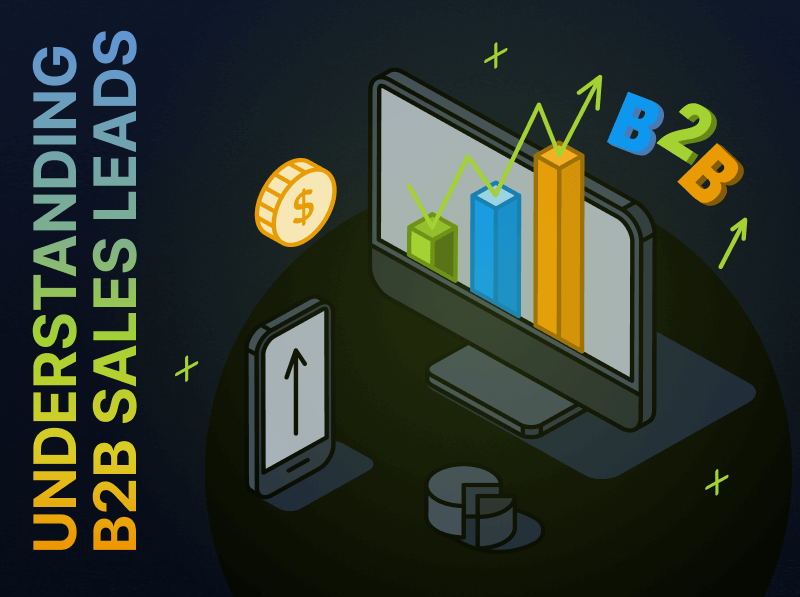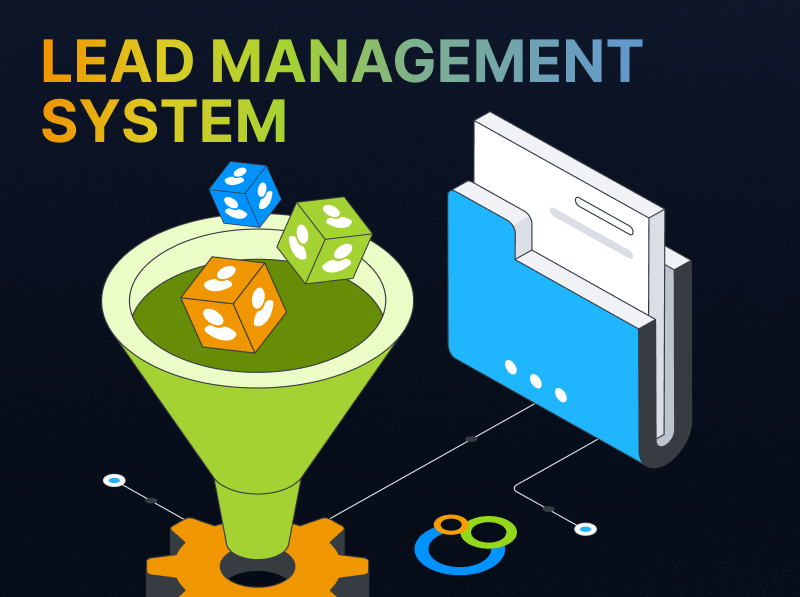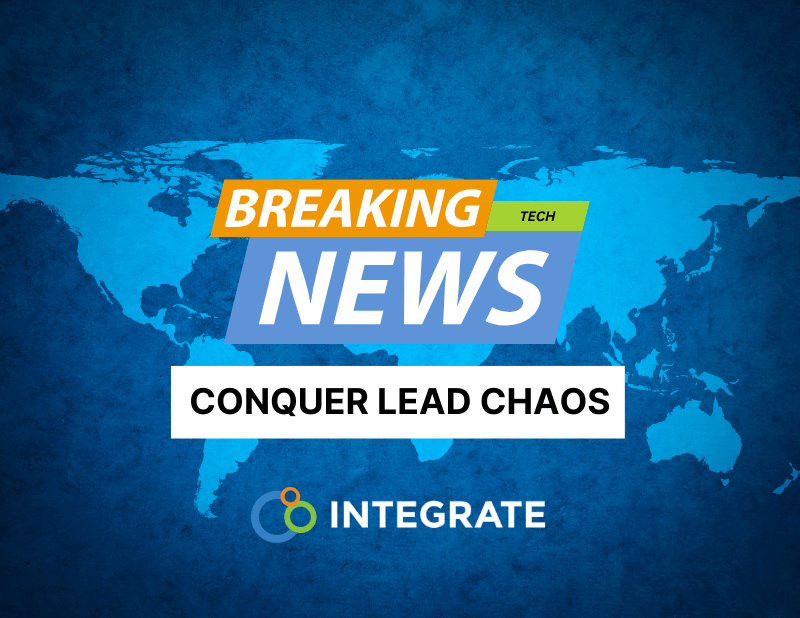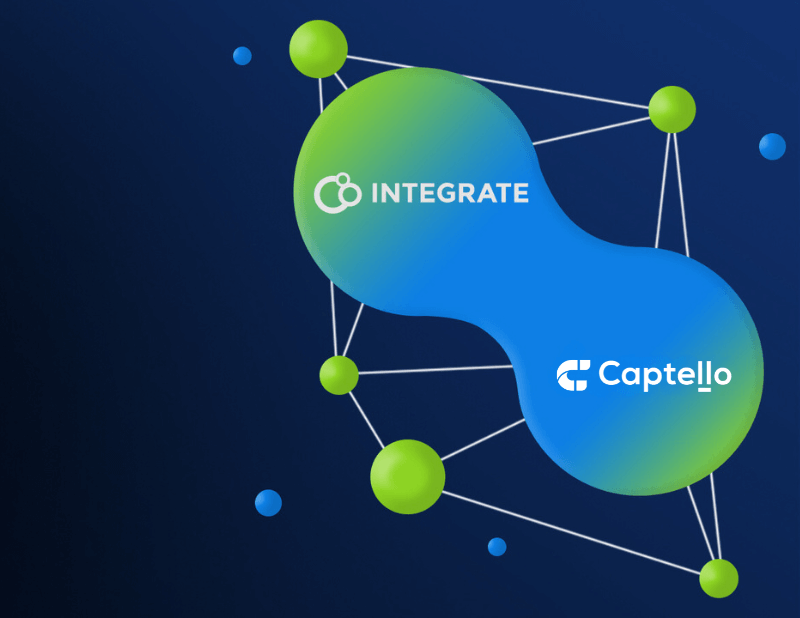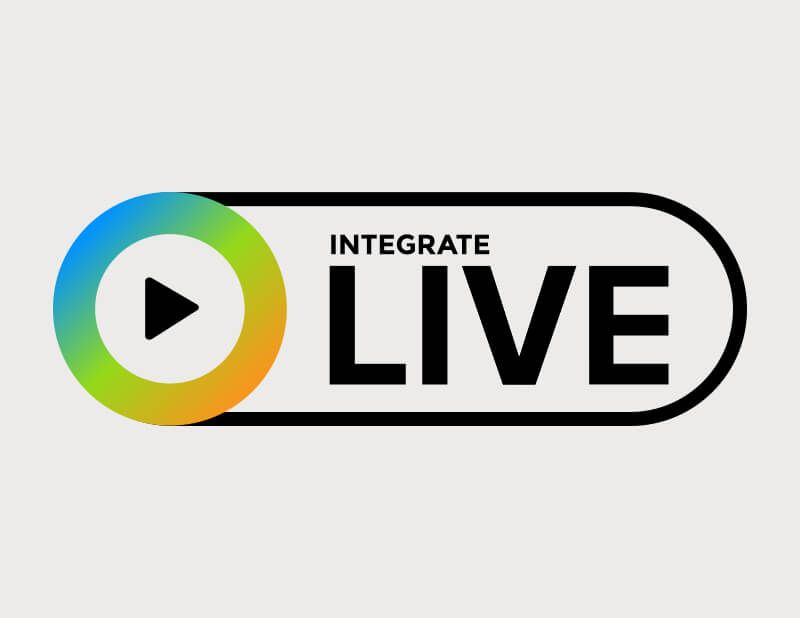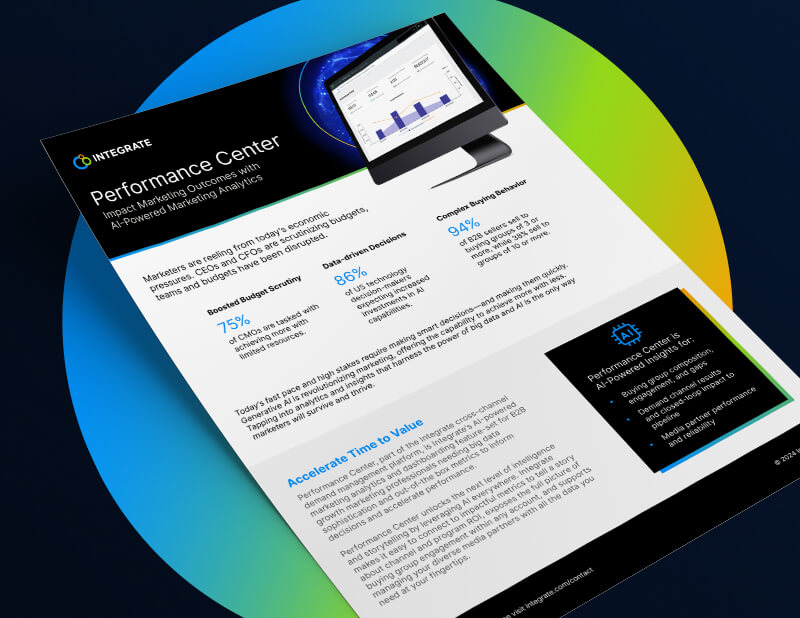Understanding B2B Sales Leads for Effective Lead Management
What is a B2B Sales Lead?
In the world of B2B marketing and sales, a sales lead represents a contact, or group of contacts, that has expressed interest in your product or service and could potentially become a customer. These leads are essential for driving revenue, as they serve as the foundation for marketing and sales efforts. However, not all leads hold the same value: they come from different channels and have different levels of readiness to buy. Some are window shopping or tire kicking, while others have performed lots of research before raising their hands and making themselves known to your business. Understanding the different types of B2B sales leads—and how to manage them effectively—can make or break your lead generation strategy.
This article explores:
- What a B2B sales lead is (see above),
- the definition of a standard sales funnel and the different sales funnel stages,
- how marketers are generating b2b sales leads with different b2b marketing channels,
- how different channels cater interacting with sales leads at the right time and place through the buyer’s journey,
- and different methods that sales teams use to qualify leads and understand buyer readiness.
By the end, you’ll have a better understanding of the different types of sales leads, how businesses approach leads with a funnel perspective, popular channels for B2B sales lead generation, and how to qualify leads to spend time on leads that have the highest probability of becoming your customer. Let’s go!
What is a B2B Sales Funnel?
A sales funnel in B2B marketing and sales represents the journey that prospective buyers take as they move from initial awareness of a product or service to making a purchase decision. This journey is typically visualized as a funnel because the number of potential buyers decreases at each stage, with only a fraction of leads converting into customers.
The sales funnel helps businesses understand and optimize the buying journey, align their marketing and sales efforts, and prioritize leads based on their likelihood to convert.
What Are the Funnel Stages for B2B Sales Leads?
Below are some standard definitions of funnel stages and sales lead types as categorized in lead management, marketing automation, and customer relationship management platforms. Keep in mind that every company should modify these stages and type exact definitions to what works best for them.
Awareness Stage (Top of the Funnel – TOFU): Leads are exploring solutions and seeking information.
- Objective: Attract and capture potential leads’ attention. Help them be “aware” of your products and solutions.
- Tactics: Inbound marketing strategies such as SEO, content marketing and content syndication, social media campaigns, and paid ads are common at this stage. The goal is to inform and educate the audience about your solution.
- Lead Type: Marketing Qualified Leads (MQLs).
Consideration Stage (Middle of the Funnel – MOFU): Leads evaluate different solutions.
- Objective: Engage and nurture leads by addressing their specific needs and pain points.
- Tactics: Providing in-depth content like whitepapers, case studies, webinars, and product demos helps leads evaluate their options.
- Lead Type: Leads become more engaged and may transition into Sales Qualified Leads (SQLs) if they meet specific criteria like budget or timeline.
Decision Stage (Bottom of the Funnel – BOFU): Leads are gathering final information, communicating with internal stakeholders, and deliberating exact needs and use cases in order ready to make a purchase of a solution that best solves their pain points.
- Objective: Convert leads into paying customers by presenting compelling offers and building trust.
- Tactics: Sales teams take the lead here with personalized outreach, technical product content, free trials, proposals, or negotiations to close the deal.
- Lead Type: Highly engaged Sales Qualified Leads or ready-to-buy leads.
Remember, this is a VERY high level overview of b2b sales lead types and designations. The funnel architecture has been debated ad nauseam with many passionately arguing that account based marketing requires marketers to “flip the funnel” and consider accounts over contacts. Buying group composition and identification make it difficult for marketing teams to create a simple linear path for B2B sales leads. Again, make this structure of b2b sales lead types your own through collaboration between sales and marketing.
What B2B Marketing Channels Are Marketers Using in 2025 to Generate and Nurture B2B Sales Leads?
B2B sales leads are sourced from a variety of channels, including:
Webinar Lead Generation
Webinar leads are generated by hosting live or on-demand virtual events to share expertise and engage with prospective buyers.
Benefits: Captures high-intent leads, builds trust, and provides opportunities for personalized follow-ups. Webinar lead generation captures high intent leads because the sales lead has committed time, 30-60 minutes depending on webinar length. Webinar leads also have the opportunity to interact with you and your brand in a low-pressure scenario.
Social Media Lead Generation (Organic and Paid)
Leverage social platforms like LinkedIn and Facebook to engage audiences through organic posts and paid campaigns to generate social media leads.
Benefits: Generates leads at scale, supports retargeting, and drives traffic to gated content or lead forms. Social media lead generation can often be highly targeted, which makes social media leads valuable in completing buying groups.
Content Syndication
Content syndication is the distribution (syndication) of your content like whitepapers or eBooks through third-party platforms to broaden audience reach.
Benefits: Content syndication expands reach, generates early-stage leads, and builds brand awareness.
Inbound Marketing and SEO
Inbound marketing and SEO leads are the result of leads finding value in the informational content you create. Create blogs, landing pages, and optimized content to attract prospects actively seeking solutions.
Benefits: Inbound marketing is praised for drawing high-intent traffic, generating cost-effective leads, and improving long-term visibility.
Paid Search (SEM)
Run ads on search engines targeting specific keywords to capture leads actively researching solutions.
Benefits: SEM attracts high-intent buyers, demand “capture” as opposed to demand generation, delivers immediate results, and supports lead conversion at decision stages.
Email Campaigns
Using email to directly communicate with leads through inbound nurturing or outbound outreach.
Benefits: Sales lead generation with email is scalable and inexpensive. It builds direct communication, personalized engagement, and drives conversions.
Outbound Phone Outreach
Calling prospects directly to introduce solutions, qualify interest, and move leads further down the funnel.
Benefits: Speaking with sales leads live on the phone can provide immediate feedback, enables personal interaction, and qualifies leads effectively.
Video Marketing
Sales leads, even B2B leads, turn to video to learn about solutions to problems they have. These videos can be hosted on your own website or social media platforms and contain personalized videos featuring company and product overviews, customer use cases, and how-to tutorials.
Benefits: Video in B2B sales lead generation and nurturing engages prospects with compelling visuals and motion, builds trust through authentic storytelling, and delivers complex information effectively, driving higher engagement and conversion rates.
Live Events and Experiential Marketing
Capture sales leads through in-person interactions at trade shows, conferences, or other events.
Benefits: The face-to-face interaction at events is a favorite of sales teams. There’s nothing quite like the personal connection that can happen with live event sales leads. Live events build relationships, create memorable brand experiences, and gather high-quality leads in real time.
Are Some Sales Lead Channels Better Than Others?
There is no “best” channel for b2b sales lead generation. An omnichannel approach works best to target accounts and buying groups. While there is no best sales lead channel, some channels are more suited to one part of the funnel than another. Here’s a breakdown of typical B2B marketing channels, their place in the funnel, and their suitability for branding, demand capture, and nurturing:
- Awareness Stage: Social Media (Organic), Content Marketing (Blog, Articles), Search Engine Optimization (SEO), Public Relations (PR), Display Advertising, Video Marketing (YouTube, etc.), Podcasts and Webinars, Content Syndication.
- Consideration Stage: Email Marketing, Website Content (Landing Pages, Case Studies), Online Communities and Forums, Comparison Websites and Reviews, Product Demos and Webinars.
- Decision Stage: Sales Interactions (Calls, Demos), Email Marketing (Targeted Offers), Free Trials and Freemium Offers, Customer Testimonials and Reviews.
I’ve Generated Sales Leads, Now What do I Do with Them?
Great job! Now that your marketing teams have generated leads and nurtured them to the stage that they are read to talk to sales, there are a few different approaches that sales teams can use to vet and qualify webinar leads, social media leads, content syndication leads, etc. Let’s walk through some of the most popular methods for gathering additional information and qualifying business-to-business sales leads.
BANT
Establishing BANT (budget, authority, need, and timeline) is a popular method for qualifying all types of sales leads. It was originally developed in the 1950s and 1960s at IBM, to help bring a uniform process to their large sales team. The goal is to qualify sales leads and opportunities based on four factors that will indicate if a sales lead is worth pursuing:
- Budget: Does the lead have the financial resources to purchase your product or service?
- Authority: Does the lead have the decision-making power to make a purchase?
- Need: Does the lead have a clear need for your product or service?
- Timeline: What is the lead’s timeframe for making a purchase?
MEDDIC
MEDDIC is another lead qualification framework that takes a more in-depth approach to working sales leads. It was created in the 1990s by Jack Napoli an Dick Dunkel at Parametric Technology Corporation, to help PTC grow rapidly. Sales leads evaluated by MEDDIC considering six key factors that emphasize quantifiable metrics and identifying different buyer roles:
- Metrics: What are the lead’s specific goals and objectives?
- Economic Buyer: Who is the ultimate decision-maker with financial authority?
- Decision Criteria: What factors will influence the lead’s purchase decision?
- Decision Process: What are the steps the prospect follows to evaluate, approve, and finalize a purchase?
- Identify Pain: What are the lead’s specific pain points and challenges?
- Champion: Who within the lead’s organization is advocating for your product or service?
MEDDPICC
A variation of MEDDIC, adding two more letters, P and a second C, to the sales lead qualification process:
- Paper Process: What are the internal buying procedures needed to get from decision to signing the deal? Also could be referred to as the paper trail your buyer needs to follow to get signatures on paper.
- Competition: It’s important to know who is vying for the same deal you are.
It’s important to note that while these frameworks are valuable, they’re not one-size-fits-all. Some criticize BANT as being too rigid in today’s complex sales environments, while MEDDIC/MEDDPIC might be overly detailed for certain situations.
Some leads might be a perfect fit for your product, while others are a mismatch. Understanding the different types of sales leads and qualifying them can help you focus your efforts and resources on the most promising opportunities.
Conclusion
In the dynamic landscape of B2B marketing and sales, understanding and leveraging the diverse channels available to generate sales leads is critical for success. From content syndication to social media campaigns, webinar lead generation, and outbound efforts, each channel plays a distinct role in attracting, engaging, and converting sales leads at different stages of the sales funnel. By aligning your strategies with the unique strengths of these channels and maintaining a focus on data quality, compliance, and actionable insights, your business can create a seamless and effective lead management process.
Platforms like Integrate help ensure that every lead is clean, compliant, and ready to drive revenue growth, empowering marketing and sales teams to achieve their goals with confidence.
Get a demo today!
